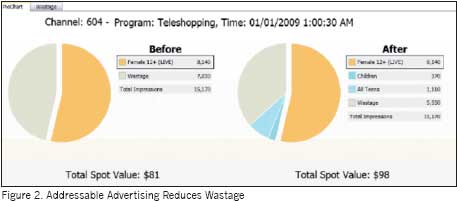
TV is more complex than ever The Ministry of Information & Broadcasting in India permitted 77 private satellite TV channels in 2009 to uplink /downlink. This takes the number of channels to 512 from 50 in 1995 – a growth of over a 1,000 percent in 15 years!! Advertisers and their media buyers are starting to realize that the growing number of channels, interactive services and soon digital video records (DVRs) are posing a challenge on their ability to reach their target audience. With hundreds of channels, existing measurement methods are not enough to give advertisers the complete picture. Advertisers and their media buyers are looking for a change. They want more accountability, more addressability and more interactivity in order to create an emotional attachment between their brand and its consumers. Digital TV Taking the Lead Digital TV providers like DTH are at the forefront of this change. These operators can offer three fundamental elements that can’t be found anywhere else today: new ad serving capabilities, effective measurement and knowledge of viewers. Digital TV services such as DVRs, already being deployed in India, will introduce advertising functionality including addressable video ad insertion on a household level. The DTH subscriber base in India is growing at an amazing rate – the fastest pace in Asia. In the next 12 months, the subscriber base is expected to grow 50 percent to reach 30 million. In Tata Sky and Bharti Airtel, India has two of the most advanced DTH platforms, who stand out with their innovative Electronic Programme Guides (EPGs) and interactive services offering subscribers a world– class viewing experience. NDS Dynamic NDS Dynamic, a suite of advanced advertising solutions At long last effective TV ad measurement Figure 1. Addressable Display Ads on a Channel and in the EPG from NDS, takes these innovations to a whole new level. It enables the digital TV operators and programmers to offer advertisers and media buyers measurable, addressable and interactive advertising. NDS Dynamic includes Audience Measurement for collecting precise audience and measurement data from set– top–boxes (STBs), Addressable Advertising for delivering the right ads to the right households with pre–defined profiles and Interactive Advertising which enables viewers to engage with brands via the TV. 









